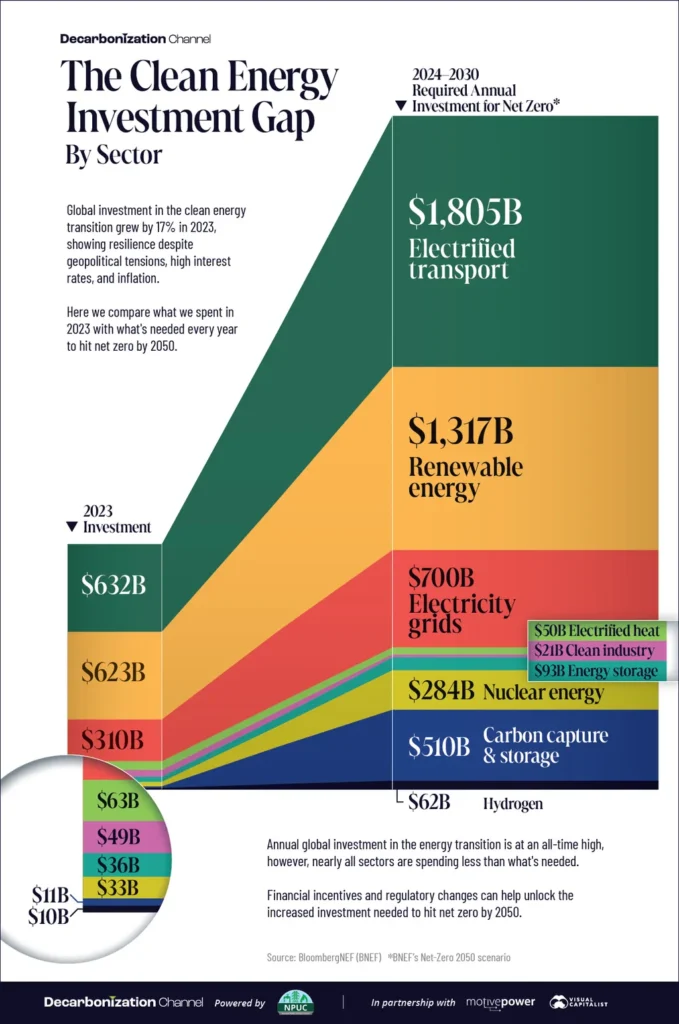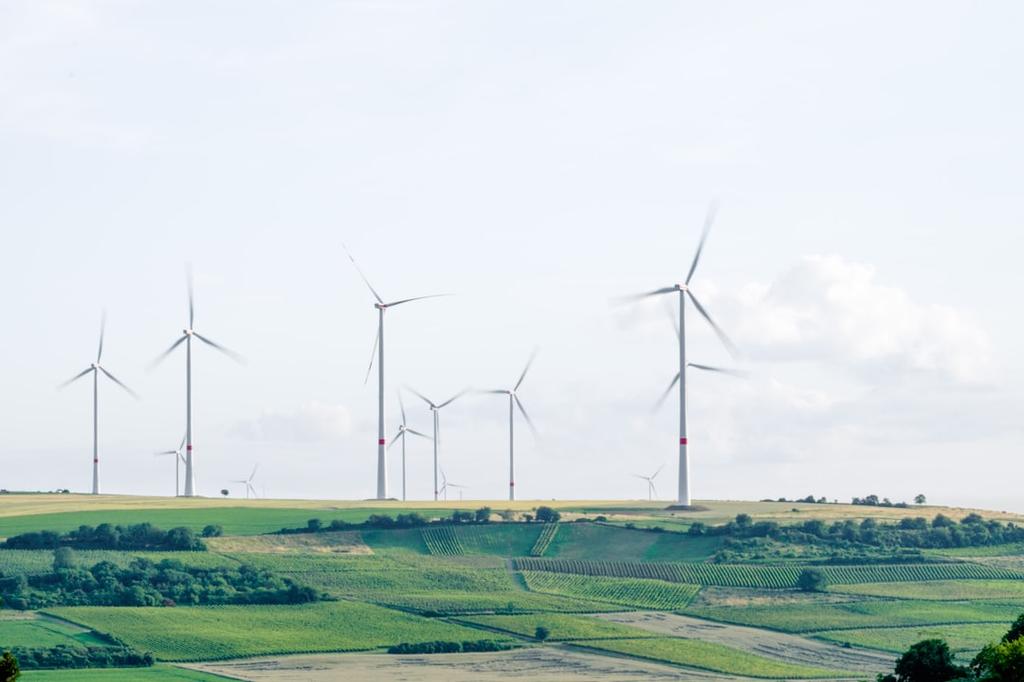The energy landscape is on the brink of a seismic shift, and the implications are far-reaching. With global electricity demand projected to nearly double by 2040, the outdated centralized grid is facing pressure like never before. The traditional model of energy distribution—where electricity flows from large, centralized plants to end-users—is no longer sufficient to meet the complexities of modern energy needs. This is especially true as decentralized energy resources (DER) like solar and wind power become critical players in the energy mix.
The urgency is palpable in 2023, as global energy investments are set to surpass $3 trillion, with a whopping $2 trillion earmarked for clean technologies and infrastructure. For the first time, spending on renewable energy, grid upgrades, and storage is expected to exceed investments in oil, gas, and coal. By 2030, renewables are projected to account for nearly 20% of global energy consumption, a significant leap from the current 13%. This transition is not just necessary; it’s inevitable.
At the heart of this transformation lies the role of decentralized energy resources. DER enables a shift from a unidirectional flow of energy to a decentralized, bidirectional grid, allowing for the integration of small producers and consumers. This is where the real magic happens, but it doesn’t come without its challenges. The traditional grid lacks the flexibility to handle the dynamic interactions that come with multiple energy networks, particularly the intermittency of renewables.
Enter blockchain technology and Decentralized Physical Infrastructure Networks (DePIN). These innovations are not just buzzwords; they offer a robust framework for decentralized energy systems. With blockchain, energy producers and consumers can engage in peer-to-peer trading, creating more efficient and equitable markets. Smart contracts and tokenization streamline transactions, reduce costs, and incentivize renewable energy generation and consumption. The real-time data capabilities of blockchain further enhance grid reliability, ensuring a precise balance between supply and demand.
Consider the groundbreaking projects making waves in this space. Project Zero, developed by Fuse, is a prime example. By integrating DER services and leveraging real-time data, Fuse aims to operate utility-scale solar and wind farms while serving households as a regulated electricity supplier. They’re not just addressing inefficiencies; they’re reshaping the energy stack by promoting renewable energy consumption and stabilizing the grid.
Then there’s Daylight, a decentralized protocol that focuses on optimizing grid management through real-time DER data. By enabling users to form virtual power plants (VPPs), Daylight empowers households and businesses to sell excess energy, creating a competitive marketplace for energy resources.
StarPower takes it a step further by connecting distributed energy devices through the Internet of Things (IoT). By coordinating the charging and discharging of devices like home batteries and electric vehicles, StarPower aims to stabilize grid operations and reduce energy fluctuations. With projections indicating that electricity demand will double by 2045, the need for such innovative solutions is critical.
These developments are not just about technological advancement; they signify a paradigm shift in how we think about energy production and consumption. The decentralized grid is not merely a response to growing energy demands; it’s a pathway to resilience, sustainability, and democratization of the energy market.
However, achieving scalable impact will require significant capital and regulatory coordination. The industry is acutely aware of the need for transformation, and while challenges remain, the momentum is building. The future of energy is decentralized, and as we move forward, the question isn’t whether we will adapt, but how quickly we can embrace this new reality. The stakes are high, and the time to act is now.




